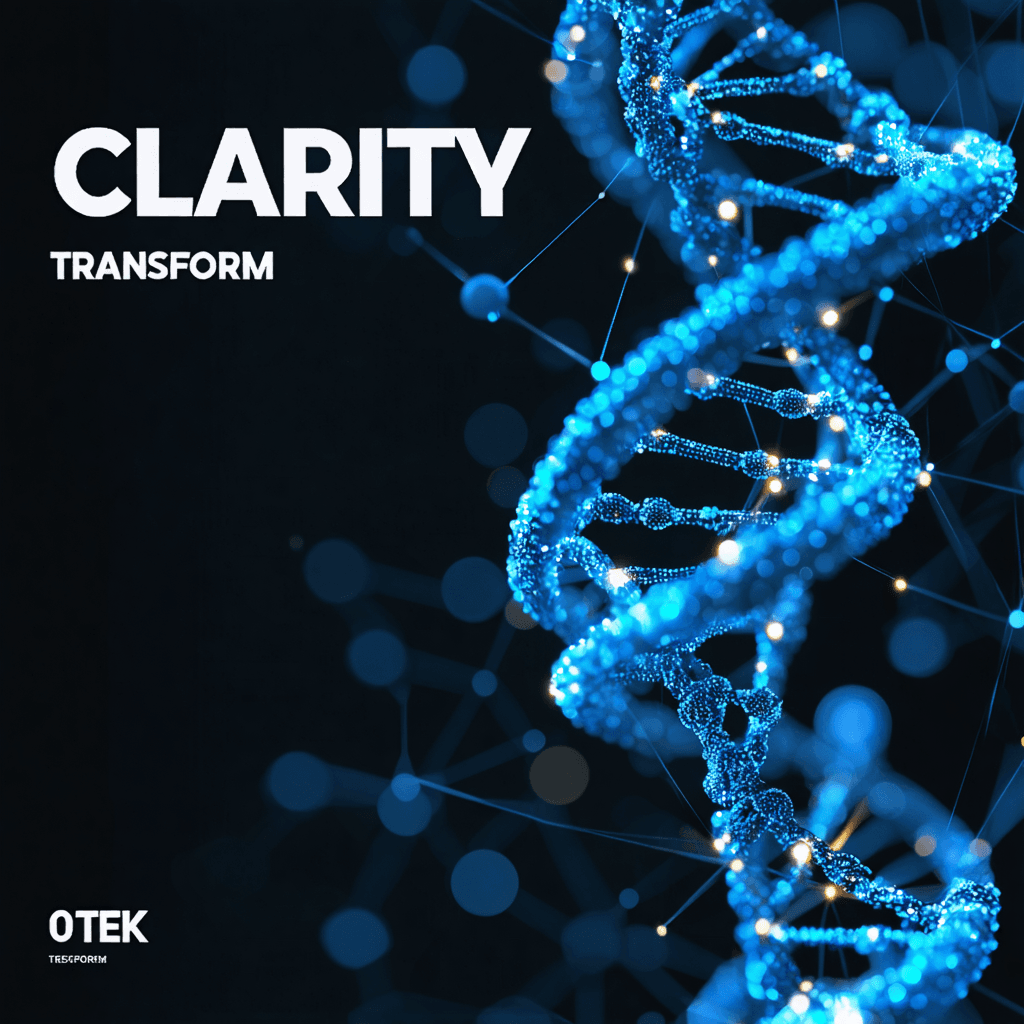Breaking Down Silos: How Team Collaboration Transforms Pathogen Tracking from Chaos to Clarity
In today's interconnected healthcare landscape, the effective tracking and management of pathogens requires seamless collaboration across multiple disciplines and departments. Gone are the days when individual teams could work in isolation, especially when dealing with potentially dangerous microorganisms that know no boundaries.
The Challenge of Siloed Operations
Traditionally, pathogen tracking has been fragmented across various departments – from clinical laboratories and epidemiology units to infection control teams and public health agencies. Each group maintained its own protocols, data systems, and communication channels, creating invisible barriers that hindered rapid response and comprehensive analysis.
Impact of Disconnected Systems
- Delayed outbreak detection
- Incomplete surveillance data
- Redundant testing and resource waste
- Missed opportunities for early intervention
- Inconsistent reporting mechanisms
Breaking Down the Walls
Modern pathogen tracking demands an integrated approach that brings together diverse expertise and resources. This transformation requires both technological solutions and cultural changes within organizations.
Key Elements of Successful Collaboration
1. Unified Digital Infrastructure
Implementation of shared platforms and databases that enable real-time data access and analysis across departments is crucial. These systems must support:
- Standardized data collection protocols
- Secure information sharing
- Automated alerts and notifications
- Integration with external surveillance networks
- Mobile accessibility for field teams
2. Cross-functional Teams
Establishing multidisciplinary teams that regularly interact and share insights helps build a more comprehensive understanding of pathogen behavior and spread patterns. These teams typically include:
- Clinical microbiologists
- Epidemiologists
- Infection prevention specialists
- Data analysts
- Public health officials
- Healthcare providers
3. Standardized Communication Protocols
Clear communication channels and protocols ensure that critical information reaches the right people at the right time. This includes:
- Regular team briefings
- Structured reporting templates
- Emergency response procedures
- Stakeholder engagement guidelines
- Knowledge sharing platforms
The Technology Factor
Modern technology plays a pivotal role in breaking down silos and enabling seamless collaboration. Key technological solutions include:
Cloud-based Surveillance Systems
Cloud platforms enable real-time data sharing and analysis across multiple locations and departments. These systems provide:
- Centralized data storage
- Automated data synchronization
- Advanced analytics capabilities
- Remote access capabilities
- Scalable infrastructure
Artificial Intelligence and Machine Learning
AI-powered tools enhance pathogen tracking by:
- Predicting outbreak patterns
- Identifying transmission networks
- Analyzing genomic data
- Automating routine tasks
- Generating early warning signals
Best Practices for Implementation
Successfully transforming pathogen tracking requires careful planning and execution. Here are key considerations:
1. Start with a Clear Strategy
- Define specific goals and objectives
- Identify key stakeholders and their roles
- Establish measurable success metrics
- Create realistic timelines
- Allocate necessary resources
2. Focus on Change Management
- Provide comprehensive training programs
- Address resistance to change
- Celebrate early wins
- Maintain open communication channels
- Support continuous improvement
3. Ensure Data Quality
- Implement data validation protocols
- Establish quality control measures
- Regular system audits
- Ongoing staff training
- Documentation standards
Measuring Success
Effective collaboration in pathogen tracking can be measured through various metrics:
- Reduced response time to potential outbreaks
- Improved accuracy in pathogen identification
- Enhanced prediction capabilities
- Better resource utilization
- Increased stakeholder satisfaction
Future Trends and Opportunities
The field of pathogen tracking continues to evolve, with emerging technologies and approaches offering new possibilities:
Emerging Technologies
- Blockchain for secure data sharing
- Advanced genomic sequencing tools
- Internet of Things (IoT) sensors
- Virtual reality training platforms
- Advanced visualization tools
Expanding Collaboration Networks
- International surveillance networks
- Public-private partnerships
- Academic-industry collaborations
- Community engagement initiatives
- Cross-border information sharing
The Role of Leadership
Successful transformation requires strong leadership commitment to:
- Allocate necessary resources
- Champion cultural change
- Remove organizational barriers
- Support continuous learning
- Maintain long-term focus
Conclusion
Breaking down silos in pathogen tracking is not just about implementing new technologies or procedures – it's about fundamentally changing how teams work together. When organizations embrace collaborative approaches and support them with appropriate tools and processes, they create more effective and responsive pathogen tracking systems that better serve public health needs.
Ready to enhance your team's pathogen tracking capabilities? Discover comprehensive training programs and resources at 01TEK. Our expert-led courses cover the latest technologies, best practices, and collaborative approaches in pathogen surveillance. Visit 01TEK's learning platform today to start your journey toward more effective pathogen tracking.
Never, never, never, never, in nothing great or small, large or petty, never give in except to convictions of honour and good sense. Never yield to force; never yield to the apparently overwhelming might of the enemy.
Winston Churchill, British Prime Minister.



